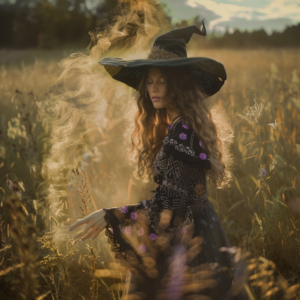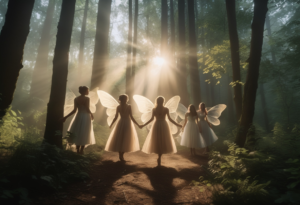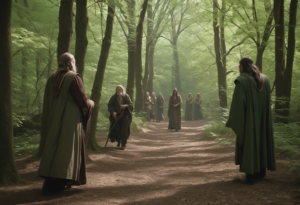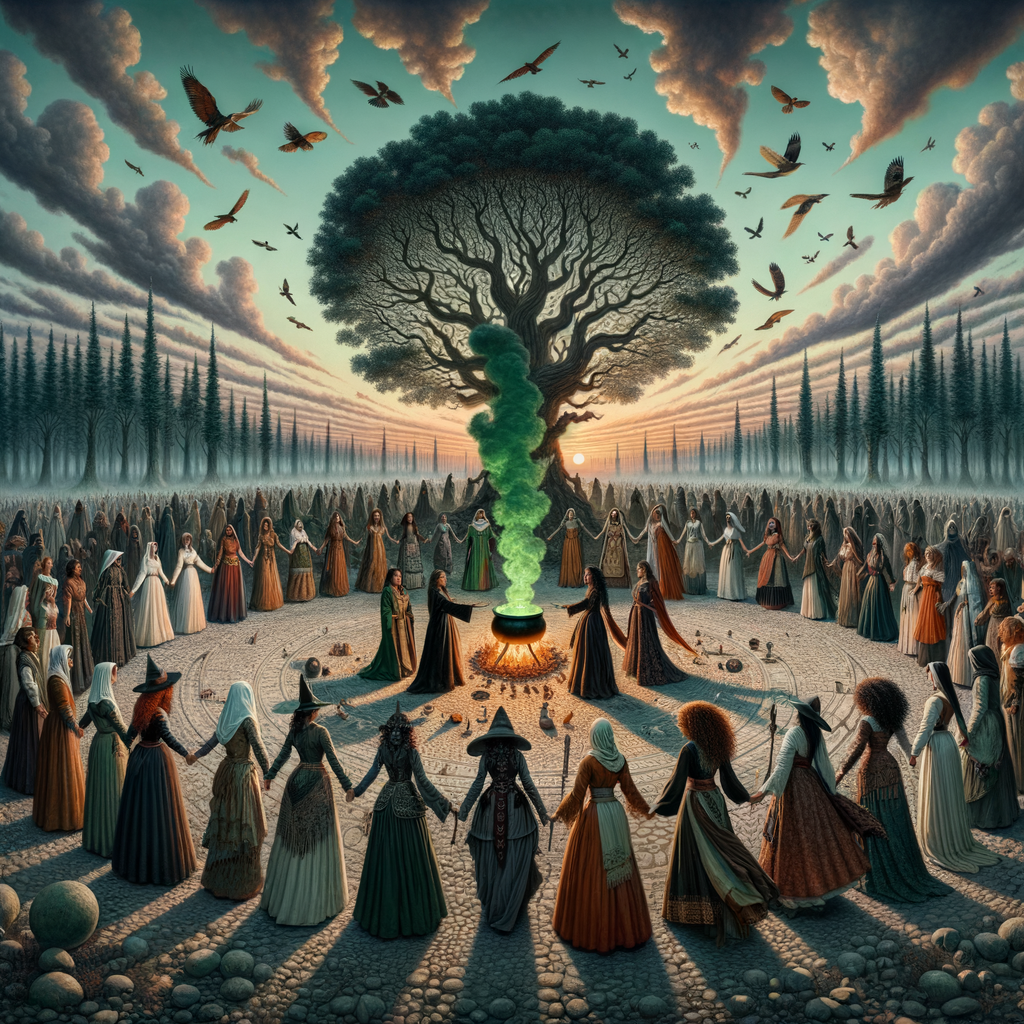
In the eclectic world of modern witchcraft, few topics stir as much debate as the practice of going “skyclad,” or performing rituals in the nude. This practice, steeped in history and controversy, highlights a fascinating intersection of tradition, privacy, and contemporary values within the witch community.
Historical Roots of Skyclad Rituals
The term “skyclad” literally means “clad only by the sky,” and its origins in witchcraft are often traced back to the early 20th century, although the concept of ritual nudity has ancient precedents in various cultures. The popularization of skyclad rituals in the West is largely attributed to Gerald Gardner, the father of Wicca, who introduced it in the 1950s. Gardner asserted that nudity in ritual was a powerful tool for connecting with nature, breaking down societal barriers, and tapping into primal energy.
According to Gardner, skyclad practices were not merely a modern invention but were a revival of ancient pagan rites. This claim, however, is subject to historical debate, as direct evidence linking modern skyclad practices to ancient traditions is sparse. Critics argue that Gardner’s sources were influenced by early 20th-century occultism and romanticized notions of paganism.
The Modern Debate: To Be Skyclad or Not?
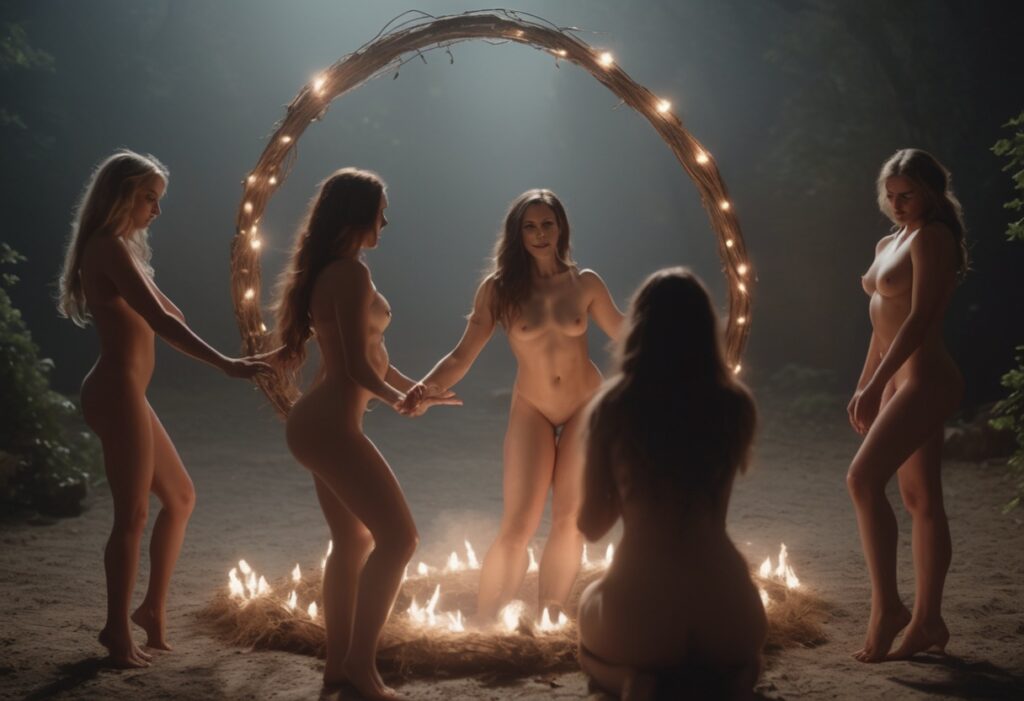 Today, the practice of performing rituals skyclad divides the witchcraft community. On one side, traditionalists view skyclad as a vital part of Wiccan orthodoxy, essential for the most powerful rituals, especially during significant sabbats and esbats. They argue that nudity is symbolic of purity, equality, and freedom, stripping away social status and returning to the simplicity of nature.
Today, the practice of performing rituals skyclad divides the witchcraft community. On one side, traditionalists view skyclad as a vital part of Wiccan orthodoxy, essential for the most powerful rituals, especially during significant sabbats and esbats. They argue that nudity is symbolic of purity, equality, and freedom, stripping away social status and returning to the simplicity of nature.
Conversely, many modern practitioners question the necessity and comfort of ritual nudity. Concerns about personal safety, body image, and the potential for sexual misconduct are significant issues. As such, many contemporary witches advocate for choice in attire during rituals, suggesting that the true power of witchcraft lies in intention and practice rather than physical nakedness.
Skyclad Across Different Traditions
It is important to note that the debate around skyclad practices is not uniform across all branches of paganism or witchcraft. While it is a notable practice within Wicca, other pagan traditions may not emphasize or require ritual nudity. For instance, Druidism and Heathenry typically do not incorporate skyclad rituals, focusing instead on other elements of spiritual connection.
Ethical Considerations and Inclusivity
The conversation about skyclad also touches on broader issues of ethics and inclusivity within the witchcraft community. Advocates for optional clothing argue that making nudity a requirement can exclude those who are uncomfortable with their bodies due to personal or cultural reasons, survivors of sexual trauma, or those who simply prefer to remain clothed.
The push for inclusivity and adaptability in practices highlights a growing trend within modern witchcraft: the adaptation of ancient traditions to fit contemporary ethical standards and personal comforts.
Conclusion
The debate over skyclad practices in witchcraft exemplifies the dynamic nature of religious and spiritual expression, reflecting broader societal changes and the internal evolution of pagan communities. Whether skyclad or robed, the core of the practice remains a deep respect for nature, the divine, and the community. As witchcraft continues to evolve, this debate will likely persist, challenging practitioners to balance tradition with personal and communal ethics in their spiritual journey.
